Five industries that benefit most from 3D printing
Here are the five industries we believe will benefit most from additive manufacturing.
Based on the companies already using additive manufacturing in their production processes, we'd like to highlight the industries we believe will benefit most from additive manufacturing. By examining these industries, you'll quickly understand how and why 3D printers are transforming manufacturing as a whole. The goal isn't to completely replace these manufacturing methods (they're good and work!), but to enhance them with high-strength parts using Markforged 3D printers.
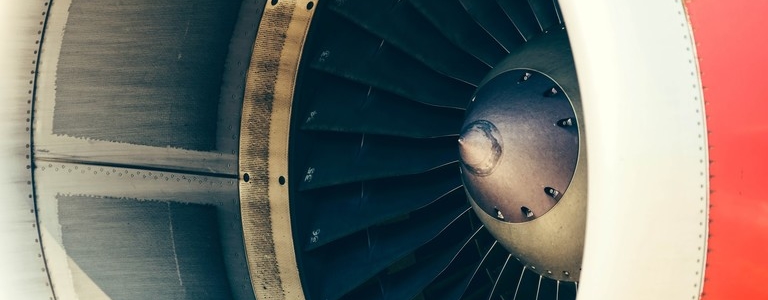
Aerospace
The aerospace industry has some of the highest standards in terms of individual component requirements. Aerospace parts must withstand extreme temperatures and chemicals while being subjected to repeated stress, while being as lightweight as possible. The failure of individual parts often leads to system failures in aircraft that carry life and cargo. Therefore, failure is simply not an option. Because part precision is critical for aircraft, aerospace engineers have used 3D printing inspection tools to reduce the cost of low-volume parts.
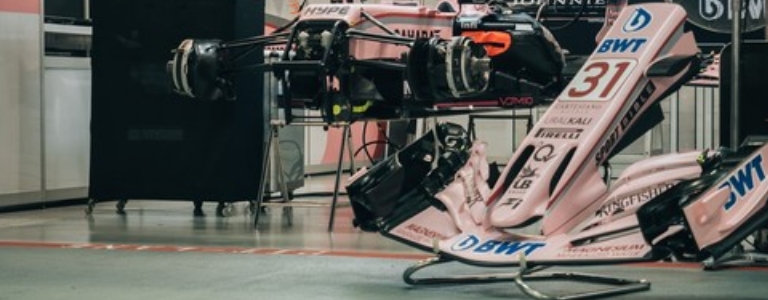
Automotive industry
The automotive industry has advanced additive manufacturing, with well-known companies like Audi using 3D printers. It's not just the Audis of the world that use 3D printers—every carmaker, from race car teams to original equipment manufacturers (OEMs), uses 3D printers. The true value of 3D printed parts for car manufacturers currently lies not in printed parts for cars, but in tooling and fixtures that support the manufacturing process. The most common parts printed by car manufacturers are jigs, fixtures, and prototypes, which need to be rigid, strong, and durable. It's also not uncommon to see 3D printers used to produce replacement parts for century-old cars. This ensures that there are enough parts available to service older vehicles as well as standard maintenance.
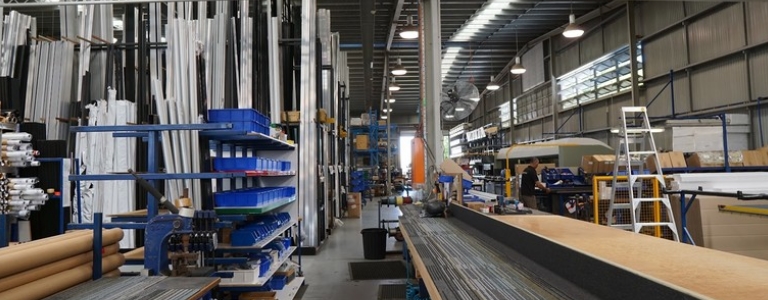
manufacturing industry
3D printers are disrupting the decades-old manufacturing industry—from jigs and fixtures to dashboards. Companies are able to produce low-volume, custom tools and fixtures at a fraction of the traditional price, freeing designers and engineers to focus on revenue-generating parts. Small manufacturers can enjoy the same benefits as large, global manufacturers with a 3D printer to improve and accelerate processing while minimizing downtime. Companies also have greater creative freedom while saving labor costs and time. Metal fabrication company Lean Machine, for example, has approached 3D printing with a direct-delivery additive manufacturing (DFAM) approach, saving $4,000 per tool.

robotics
From customizability to weight reduction, the factors that define successful robotic parts are well-suited to 3D printing capabilities. Parts like grippers and sensor mounts are expensive to manufacture and must be customized for different purposes. Robotics engineers are using 3D printers for end-of-arm tooling and end-use parts, from gripper fingers to entire robot components, to reduce the weight of the entire product, ensuring the tools can move faster and carry heavier objects. Instead of paying large sums for a non-custom design, Markforged 3D printers enable robotics companies to design and manufacture lightweight, complex parts like end-of-arm tooling (e.g., gripper jaws) at a fraction of the cost.
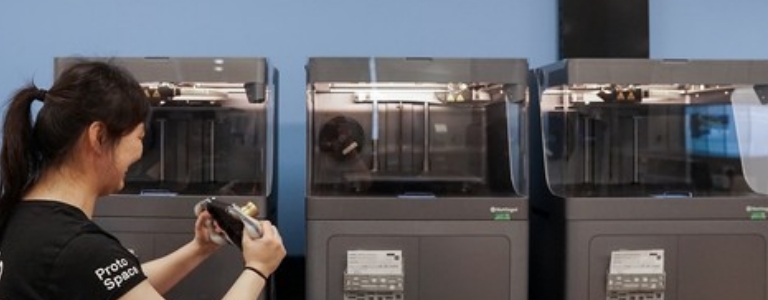
Education sector
With the growth of the 3D printing industry, educational institutions are striving to stay on the cutting edge of new technology for research and educational purposes. From professors providing parts for teaching aids to conveying the curriculum to graduate students using the printers for research purposes, 3D printers serve a variety of purposes in higher education. Many universities have a keen interest in teaching their students about new materials and technologies for additive manufacturing. You can find out more in our Education sector.
Translated from English. Original text "Five Industries Utilizing 3D Printing" by Charlotte Weis, Markforged.
Request a DEMO component now!
See for yourself how strong the continuous fibers are.






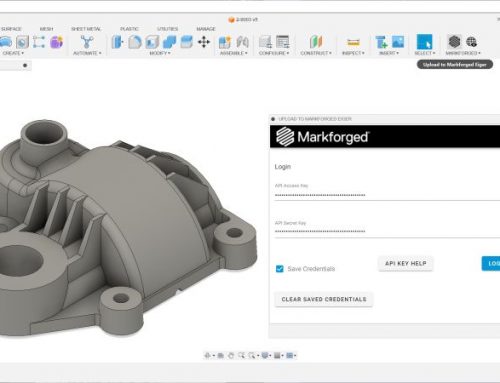

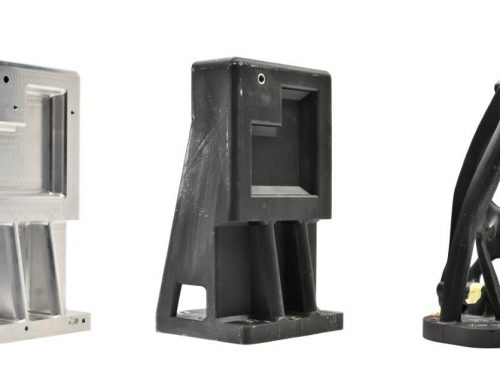
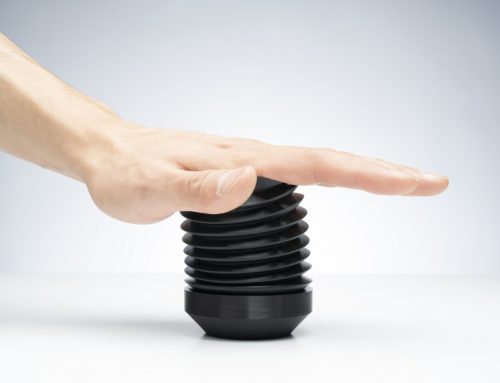
Leave A Comment